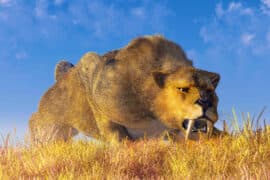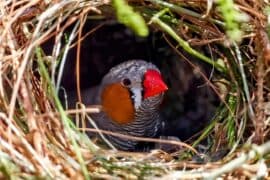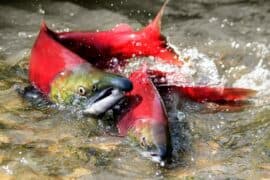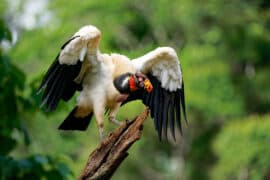Luna Moth
(Actias luna)

Description
The Luna moth (Actias luna) also known as the American moon moth is a Nearctic moth in the family Saturniidae, subfamily Saturniinae, a group commonly known as giant silk moths. It has lime-green colored wings and a white body. The larvae (caterpillars) are also green. Typically, it has a wingspan of roughly 114 mm (4.5 in), but can exceed 178 mm (7.0 in), making it one of the larger moths in North America. Across Canada, it has one generation per year, with the winged adults appearing in late May or early June, whereas farther south it will have two or even three generations per year, the first appearance as early as March in southern parts of the United States. As defense mechanisms, larvae emit clicks as a warning and can also regurgitate intestinal contents, confirmed as having a deterrent effect on a variety of predators. The elongated tails of the hindwings are thought to confuse the echolocation detection used by predatory bats. A parasitic fly deliberately introduced to North America to be a biological control for the invasive species gypsy moth appears to have had a negative impact on Luna moths and other native moths. Eggs, attached in small groups to undersides of leaves, are mottled white and brown, slightly oval, and roughly 1.5 millimeters in diameter. Larvae are primarily green, with sparse hairs. The first instar, emerging from the egg, reaches a length of 6–8 mm (0.24–0.31 in), the second 9–10 mm (0.35–0.39 in), the third 12–16 mm (0.47–0.63 in) and the fourth 23–26 mm (0.91–1.02 in). The fifth (final) instar grows to approximately 70–90 mm (2.8–3.5 in) in length. Small, colorful dots – yellow or magenta – may line the sides of the fourth and fifth instars. The larvae may take on a reddish-brown color just prior to cocooning. Fifth-instar larvae descend to the ground and use silk to bind dead leaves around the cocoon. The imagoes (winged, sexually mature), often referred to as 'adult moths,' emerge from the pupae with the wings small, crumpled and held close to the body. Over a period of several hours the wings will enlarge to full size. Wingspan is typically 8–11.5 cm (3.1–4.5 in), and in rare instances as much as 17.78 cm (7.00 in). Females and males are similar in size and appearance: green wings, eyespots on both forewings and hind wings, and long, sometimes somewhat twisted tails extending from the back edge of the hindwings. Bodies are white and hairy. Adults have vestigial mouthparts and do not feed.
Taxonomic tree:







